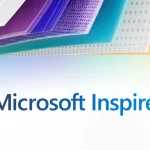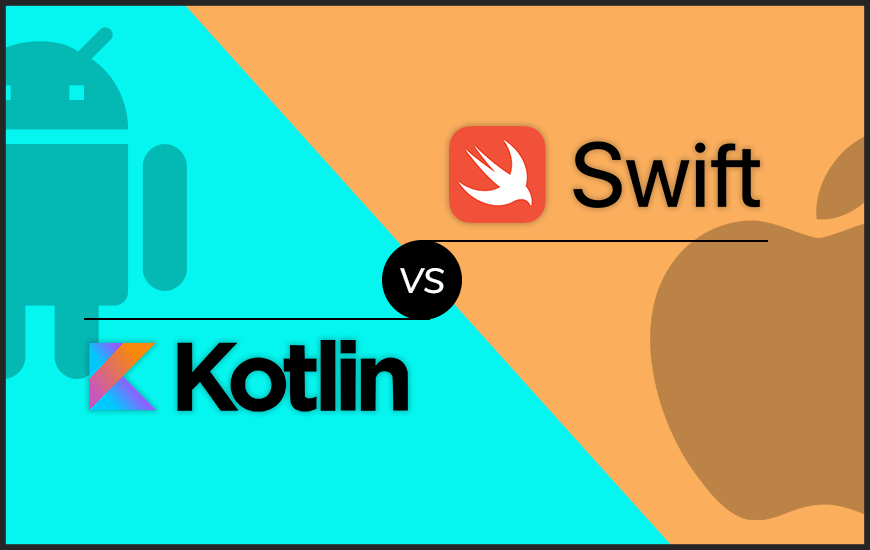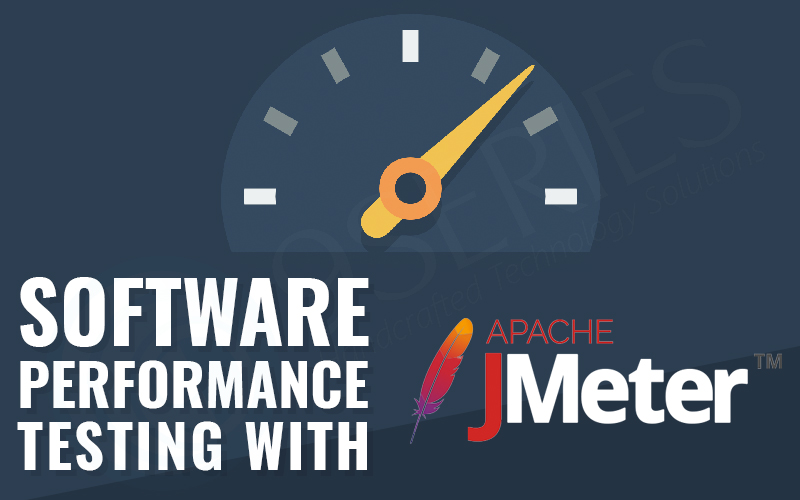Kotlin vs. Swift: A Comparative Analysis of Two Modern Programming Languages
In the fast-paced world of software development, programming languages play a critical role in shaping the landscape of application development. Two modern languages, Kotlin and Swift, have gained significant popularity among developers in recent years. Kotlin, developed by JetBrains, is a statically-typed language for the Java Virtual Machine (JVM), while Swift, created by Apple, is designed for macOS, iOS, watchOS, and tvOS development. In this blog post, we’ll delve into a comparative analysis of these two languages, exploring their features, strengths, and weaknesses, to help you make an informed choice for your next project.
Syntax and Readability
Both Kotlin and Swift prioritize clean, expressive, and concise syntax, making code easy to read and maintain. Swift, influenced by Objective-C and other modern languages, boasts a clear and straightforward syntax. Kotlin, inspired by Java and other languages, offers similar readability with additional features that minimize boilerplate code. Both languages support optional semicolons, leading to more natural code flow.
Platform and Ecosystem
One of the primary distinctions between Kotlin and Swift is their target platforms. Kotlin runs on the JVM and is widely used for Android app development. It also supports other platforms like JavaScript (Kotlin/JS) and Native (Kotlin/Native) for cross-platform development. Swift, on the other hand, is exclusive to Apple’s ecosystem and is the preferred language for iOS, macOS, watchOS, and tvOS development.
Due to its association with Android and Java interoperability, Kotlin has gained immense popularity in the Android community. However, Swift’s association with Apple’s platforms has also made it a prominent choice among iOS and macOS developers.
Type System and Safety
Both Kotlin and Swift employ a strong, static type system that enhances code reliability and minimizes runtime errors. Swift introduces a powerful feature called Optionals, which forces developers to handle possible nil (null) values explicitly. This enforces safer code and helps prevent runtime crashes due to null pointer exceptions.
Kotlin, on the other hand, offers a similar concept known as nullable types, using a ? symbol to indicate nullable variables. While Kotlin’s approach is different from Swift’s Optionals, the intention is the same – to reduce the chances of null-related errors.
Functional Programming
Both Kotlin and Swift have embraced functional programming paradigms, enabling developers to write more concise and expressive code. Swift introduces functional concepts like map, filter, and reduce, allowing developers to manipulate collections with ease. Kotlin, with its rich standard library, also supports functional programming constructs, making it more expressive and succinct.
Interoperability
Kotlin and Swift are designed to coexist with their respective parent languages. Kotlin, being interoperable with Java, can leverage existing Java libraries and frameworks seamlessly. This has been a significant advantage for Kotlin adoption, as it allows developers to migrate from Java to Kotlin gradually.
Similarly, Swift is fully compatible with Objective-C, allowing developers to integrate existing Objective-C codebases into their Swift projects without any trouble.
Community and Support
Both Kotlin and Swift have vibrant and rapidly growing communities. They boast extensive documentation, tutorials, and active forums where developers can seek help and share knowledge. Kotlin, backed by JetBrains, and Swift, backed by Apple, enjoy strong corporate support, ensuring consistent updates and improvements.
Performance
When it comes to performance, both Kotlin and Swift are comparable. Kotlin, running on the JVM, has the advantage of leveraging Java’s mature and efficient runtime. On the other hand, Swift, being developed by Apple, is optimized for their platforms, which could result in slightly better performance in iOS and macOS environments.
Learning Curve
When it comes to the learning curve, Kotlin often gets praise for its smooth adoption by developers, especially those coming from a Java background. Its syntax is very similar to Java, making it easy for Java developers to transition to Kotlin. Additionally, Kotlin’s IDE support, including Android Studio, IntelliJ IDEA, and others, offers excellent code completion and error checking, further easing the learning process.
On the other hand, Swift’s learning curve can be steeper, particularly for those without prior experience in Apple’s ecosystem. Swift introduces unique concepts and syntax that might take some time for developers to grasp. However, Apple’s dedicated IDE, Xcode, provides a comprehensive set of tools, making Swift development efficient and streamlined.
Community Libraries and Frameworks
Both Kotlin and Swift benefit from active and growing communities, leading to a rich ecosystem of third-party libraries and frameworks. Kotlin’s strong Java interoperability allows it to leverage the vast collection of Java libraries, which is a significant advantage, especially for Android development. Kotlin also has an extensive standard library and popular frameworks like Ktor for backend development.
Swift, being exclusive to Apple’s platforms, boasts a thriving community that has developed numerous libraries and frameworks tailored specifically for iOS and macOS development. CocoaPods and Swift Package Manager are popular tools for managing dependencies in the Swift ecosystem.
Language Popularity and Industry Adoption
Kotlin and Swift have witnessed remarkable growth in popularity over the years. Kotlin’s official support as a first-class language for Android development by Google gave it a substantial boost, leading to widespread adoption in the Android community. Kotlin is also gaining traction in other domains, such as server-side development and web development.
Swift’s rise to fame was accelerated by Apple’s decision to make it the default language for iOS development. Its performance, safety features, and modern syntax contributed to its widespread adoption within the Apple developer community.
Tooling and Development Environment
Both Kotlin and Swift benefit from robust tooling and development environments. Kotlin’s integration with IntelliJ IDEA provides a seamless development experience, and its compatibility with Android Studio makes it the ideal choice for Android app development. Additionally, Kotlin has strong support for build tools like Gradle and Maven.
Swift developers enjoy the Xcode IDE, which offers an array of debugging and testing tools, Interface Builder for designing user interfaces, and a powerful profiler for performance analysis. Xcode’s integration with Apple’s frameworks and APIs simplifies the development process for iOS, macOS, watchOS, and tvOS applications.
Future Prospects
As with any technology, it’s essential to consider the future prospects and long-term support of a programming language. Both Kotlin and Swift are backed by reputable companies, JetBrains, and Apple, respectively. This ensures continuous improvements, updates, and support for the languages.
Moreover, Kotlin’s cross-platform capabilities and Swift’s position as the language of choice for Apple’s ecosystem indicate promising futures for both languages. They are likely to remain relevant and continue evolving alongside advancements in the mobile and web development landscapes.
In the battle of Kotlin vs. Swift, there is no clear winner as both languages excel in their own right. The choice between them ultimately depends on the target platform and project requirements.
If you are developing an Android application or need cross-platform compatibility with JVM or JavaScript, Kotlin is an excellent choice. On the other hand, if you are developing applications for Apple’s ecosystem, Swift is the natural choice, especially for iOS, macOS, watchOS, and tvOS development.
Regardless of the language you choose, both Kotlin and Swift empower developers to build robust, scalable, and efficient applications. Embrace the one that aligns with your project’s objectives and enjoy the journey of crafting exceptional software in the ever-evolving landscape of modern programming languages.











